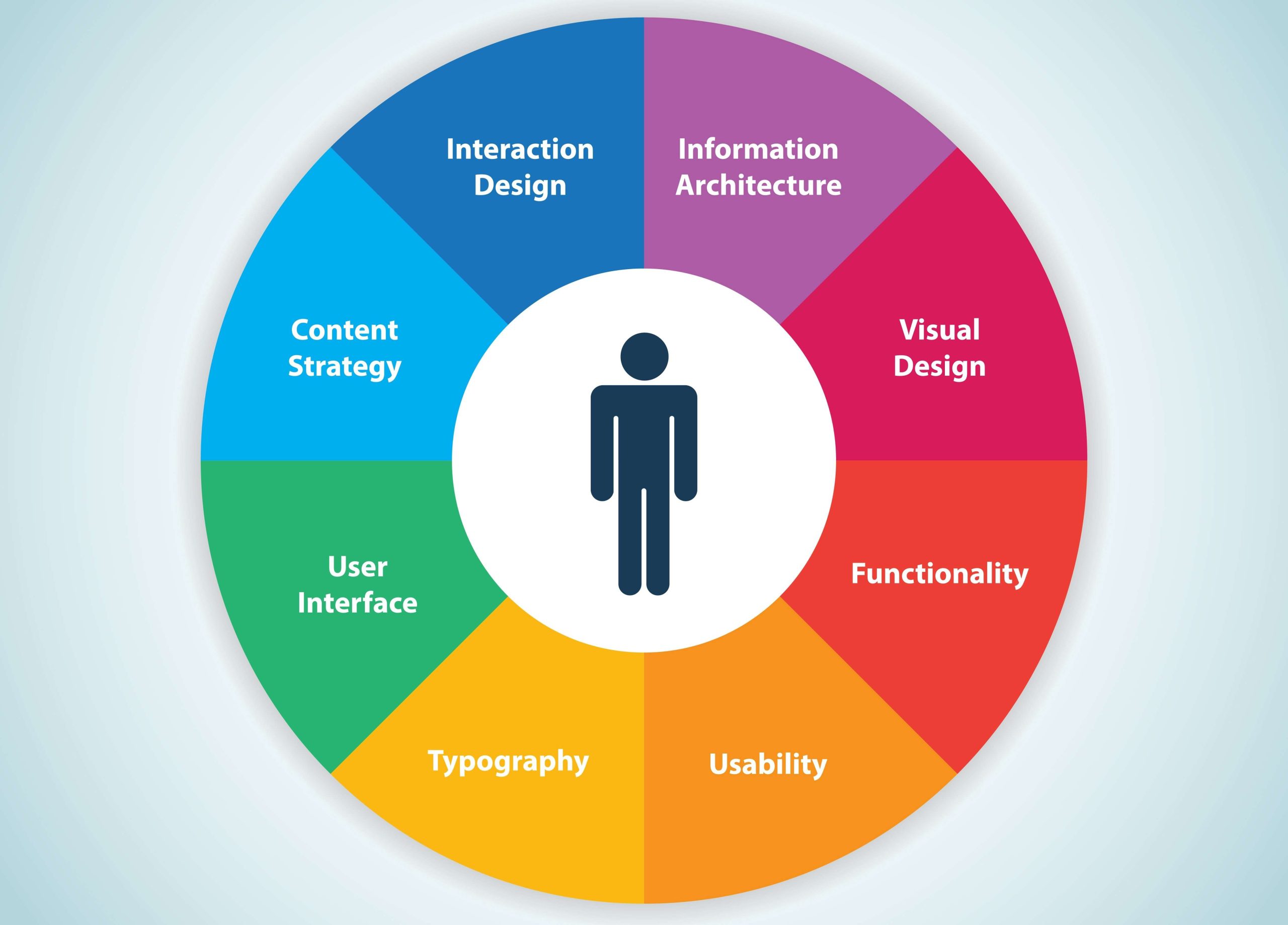UI/UX design is a crucial aspect of creating a successful digital product. It focuses on enhancing the user experience by incorporating user-friendly interfaces and intuitive interactions. A well-designed UI/UX can significantly impact the usability and aesthetics of a website or application.
Usability
Usability is key to the success of any digital product. A user-friendly design allows users to easily navigate through the interface, find what they are looking for, and complete tasks efficiently. To enhance usability, designers should focus on simplicity, consistency, and clear navigation. Incorporating user testing and feedback is essential to identify and address any usability issues.
Simplicity
A simple and clean design is more likely to engage users and keep them coming back. Avoid cluttered interfaces and unnecessary elements that may distract or confuse users. Focus on the essential features and content, and prioritize functionality over visual flair.
Consistency
Consistency is key to creating a seamless user experience. Use the same design elements, colors, and fonts throughout the interface to maintain a cohesive look and feel. Consistent navigation and layout help users familiarize themselves with the product and navigate it more easily.
Clear Navigation
Clear navigation is essential for guiding users through the interface and helping them find what they are looking for. Use intuitive menu structures, breadcrumbs, and search functionality to make it easy for users to navigate the product and access the information they need.
Aesthetics
Aesthetics play a significant role in user engagement and perception of a digital product. A visually appealing design can capture users’ attention and create a positive impression. To enhance aesthetics, designers should focus on visual hierarchy, color schemes, typography, and imagery.
Visual Hierarchy
Visual hierarchy determines the order in which users perceive and process information on a screen. Use contrast, size, and placement to emphasize important elements and guide users’ attention. A clear visual hierarchy helps users prioritize information and navigate the interface more effectively.
Color Schemes
Color plays a crucial role in shaping users’ emotions and associations with a product. Choose a color scheme that reflects the brand’s personality and resonates with the target audience. Use colors strategically to create a harmonious and visually appealing design.
Typography
Typography is an essential aspect of design that can greatly impact readability and aesthetics. Choose fonts that are easy to read and complement the overall design. Play with font sizes, styles, and spacing to create a visually appealing and legible typographic hierarchy.
Imagery
Images and graphics can enhance the visual appeal of a digital product and convey information more effectively. Use high-quality images that are relevant to the content and evoke the desired emotions. Incorporate visuals thoughtfully to create an engaging and immersive user experience.
Conclusion
UI/UX design principles are essential for enhancing the usability and aesthetics of digital products. By focusing on simplicity, consistency, clear navigation, visual hierarchy, color schemes, typography, and imagery, designers can create user-friendly interfaces that engage users and leave a lasting impression. Incorporating UI/UX best practices into the design process can significantly improve the overall user experience and contribute to the success of a digital product.
